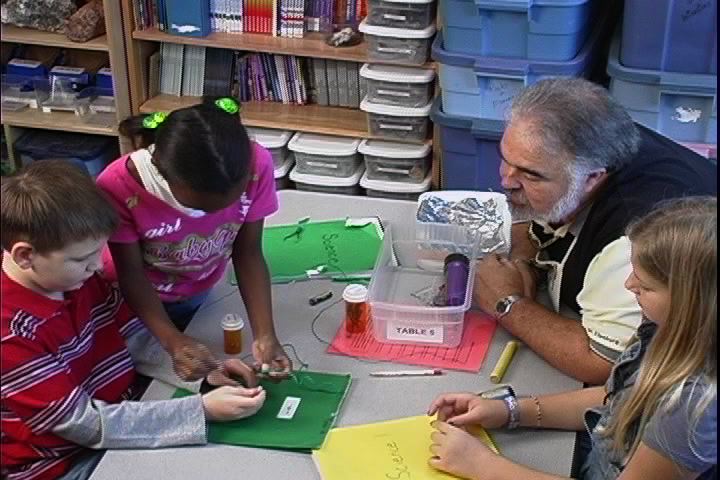

In my district we begin the year studying geology. In Florida that provides challenges due to the lack of diversity in available rocks to study. Limestone makes up most of our state and it isn't the pretty rock on the planet. I collected rocks as a boy and try to encourage this through a great machine that hums along all year long - we run a rock tumbler. The picture is a two drum Thumbler that will run forever. We started with a really cheap tumbler that broke within six month and replaced it with this heavy duty machine. Two drums allow us to create complete polished rocks much more quickly since different materials (called grit) we added throughout the process. Everything you will ever want to know about rock tumbling can be found on the web. I bought How To Tumble Polish Rocks into Gems by Edward Smith and have found that it answers everything question I have had. We buy our rocks online and for very little investment you can create enough polished rocks for your entire class in a month. Just remember to only run during school hours - it takes longer, but is safer. This is a great tool to explain erosion in a very dramatic way.
In terms of erosion I don't have an erosion table, we create a huge hill of fill dirt on our concrete area to observe erosion. We measure the circumference at the base of the hill and and the height of the hill, then we observe and record changes daily. You will be able to see the effects of wind and water, weeds will begin to grow on your hill and children can observe how erosion patterns change. For those of us living on flat, sandy soil this has been an effective long term activity. Of course if I lived in an area of the country with hills, clay, rocks and other things, then daily walking field trips would be central to my geology studies.
























